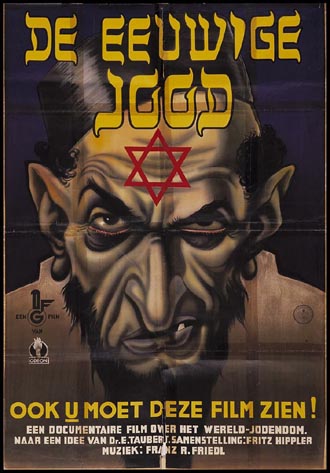Balls and Walnuts
more than you ever wanted to know
Essence of cute
A number of years ago, Stephen Jay Gould wrote an essay explaining why Disney heroes (like Mickey Mouse*) are heroes, and why other cartoon villains are villains. These characters are drawn with specific proportions in mind. Take Bugs and a few of his cohorts:

Bugs and Tweety have disproportionately large eyes, small noses, and flat faces. Daffy (who if not a villain, at least manifested the nastier spectrum of human behaviors) has relatively small eyes and a big “nose.” Taz is kind of interesting, because he shares many of Bugs’s infantile features, but not all of them. Our cues that Taz was not altogether heroic: his black blob of a nose and his prominent canines.
Need another example?
Disney cartoonists used these features to manipulate our emotions. Our sympathies fall to the cute li’l piggies, not the long-snouted, small-eyed wolf.
We’re conditioned, Gould thought, to feel endeared to infantile features. Human infants are demanding critters and they stay that way for many years. They have to be cute for us to want to take care of them. Reason alone fails to guarantee survival of the species; apparently, we need an instinctual jolt to do the right thing.
It so happens we’re all big babies. Compared to other primates, our features and proportions remain childlike throughout adult life — we retain certain juvenile growth characteristics. This process, known as neoteny, was most likely driven by the adaptive advantage of bigger brains. Keep that fast cranial growth rate for years instead of months, and what do you have? Big-headed baby chimps Humans.
Getting back to artistic cuteness, the converse is also true. If you want to vilify and dehumanize someone, downplay his infant-like features and accentuate the features of age:

Note big ears, humongous nose, creased face, bags under the eyes . . . clearly an eeuwige jood.
So perhaps you’ll think about neoteny next time you gush Awwww cuuuuute! over your coworker’s baby pictures. Or perhaps you’ll recognize this post for what it is, a shameless excuse to link to babyanimalz.com.

Say it with me, people. Awwwww, cuuuuute!
D.
*Mickey didn’t start out cute, however. As Gould noted in “A Biological Homage to Mickey Mouse”, The Panda’s Thumb, 1980, the original Mickey was a tiny-eyed, long-snouted almost-a-rat mouse. Perhaps Mickey’s artists intentionally gave him more and more pediatric features to try to make him adorable? Listen to the little rodent — they certainly never let him get through puberty.
Those crazy Dutch and their must-see-films. (It took a little while to figure out the language, Hoorah for Google Translate)
As for the BBW: is it just me that finds it disturbing how much Red looks like a blood-relative of the porkers?
Seems like I remember that someone figured out that women’s typically higher pitched voices instill in a male the need to protect her, as he would a child.
I love protective instincts. I’m protective of my husband, though, and he doesn’t technically need it, but the instinct is still there, so where did that come from?
A need to protect the protector so I continue to be protected? Wow. Neat circle, don’t you think?
I like baby animals. They make me happy. Thank you! 🙂
Who drugged the puppy? The little rodent looks guilty and the kitten knows it! Bunny is worried he’s next.
Very interesting!